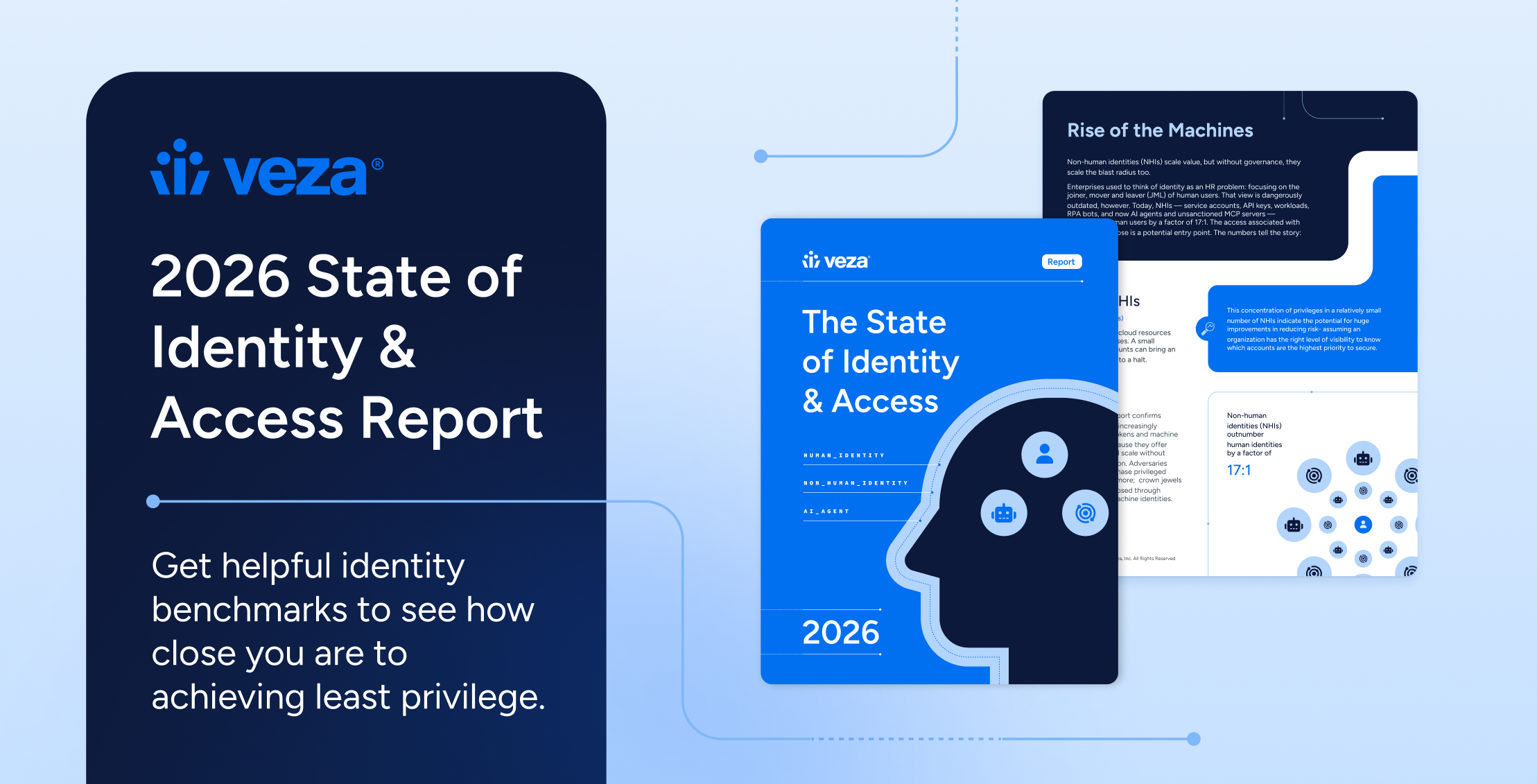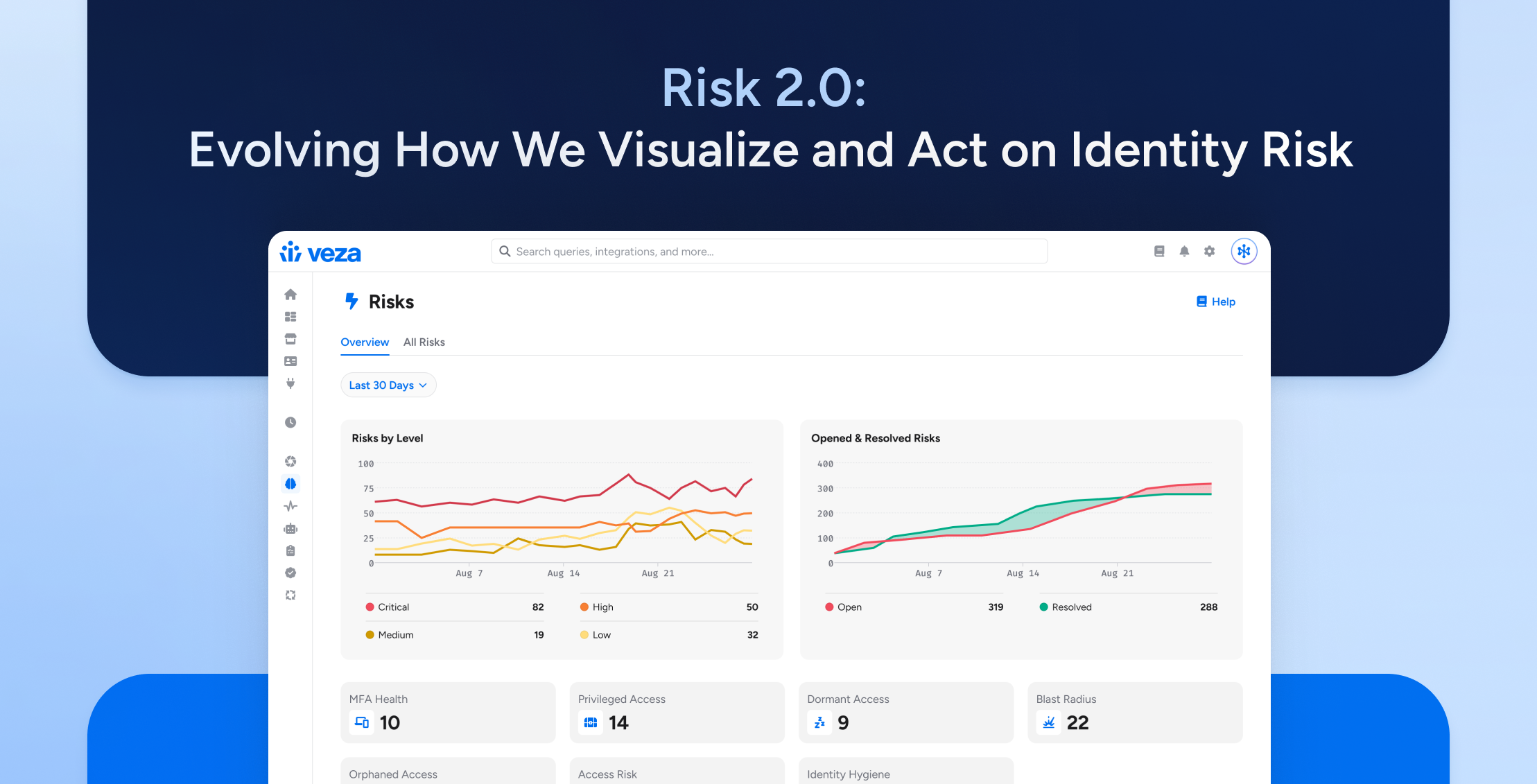
Introduction
In our previous post, we discussed how identity is the new perimeter in today’s cloud-driven IT landscape, where compromised credentials can lead to devastating breaches. But what happens when the threat originates from within—through negligence, malicious intent, or a hijacked identity? Insider threats, whether from employees, contractors, or compromised accounts, pose a unique challenge. This blog post outlines a practical framework for building an Insider Threat Program tailored to the cloud era, focusing on identity as the cornerstone of prevention, detection, and response.
Why Insider Threats Are an Identity Problem
The term “insider threat” used to mean a disgruntled employee walking out with sensitive files. Insider threats are commonly categorized as negligence, credential theft, and malicious insiders. What does that mean? Let’s break it down:.
- Negligence: Well-meaning staff who inadvertently expose data, for example, by downloading sensitive customer records to an unsecured personal device.
- Credential Theft: External attackers who steal credentials and masquerade as legitimate users often slip past traditional controls, taking advantage of techniques like help-desk social engineering or MFA fatigue.
- Malicious Insiders: Employees or contractors who intentionally misuse access, such as exfiltrating source code or selling customer data.
Among initial vectors, malicious insiders carry the highest average breach cost ($4.92M), while phishing is the most common (16%) at ~$4.8M, according to the IBM Cost of a Data Breach Report 2025.
Each scenario hinges on the misuse of identity, echoing the core principle from our identity perimeter analysis. A robust Insider Threat Program must treat identities as the frontline, mapping access paths, securing privileged accounts, and detecting anomalous behavior to prevent damage.
In 2025, insider risks cost organizations an average of $17.4 million annually, according to the 2025 Cost of Insider Risks Global Report by Ponemon Institute and DTEX. Global average cost of a data breach is $4.44M; in the US, it’s $10.22M. The common thread? Identity misuse. A robust insider threat program must center on securing identities, mapping access, and detecting anomalous behavior to mitigate these risks.
Key Components of an Identity-Centric Insider Threat Program
Building an effective Insider Threat Program requires integrating identity security principles with proactive monitoring and governance. Below is a framework that extends the identity perimeter analysis approach to address insider risks.
Visibility Through Identity Inventory and Mapping
You can’t protect what you can’t see. Just as an identity perimeter analysis begins with a comprehensive inventory, an Insider Threat Program starts by cataloging all identities—employees, contractors, service accounts, and partners. Use tools like Veza Access Graph to answer:
- Who has access to your cloud environment (e.g., AWS, Azure, SaaS apps like Microsoft 365)?
- Are there Non-Human Identities (NHI), shared, orphaned, or dormant accounts that could be exploited?
- What are the types of accounts (human, NHI, temporary)?
- Which identities have high-risk access (e.g., admin or developer roles)?
Pro Tip: Leverage Veza Access Graph to discover and tag high risk accounts. Catalog this inventory to validate other controls such as MFA, password rotation. Flag risky accounts, such as those with overly broad permissions.
Least Privilege and Governance Controls
Insider threats thrive on excessive access. Map out what each identity can access—SaaS apps, cloud infrastructure, internal tools—and ensure permissions align with job functions and the principle of least privilege. Key steps:
- Implement Role-Based Access Control (RBAC) to limit access to only what’s necessary. (Focus on high-risk roles first e.g., admin or developer roles)
- Use Just-in-Time (JIT) access for elevated roles with time-bound, approver-gated elevation instead of permanent privileges.
- Conduct regular access reviews to revoke outdated, unused, or unnecessary entitlements.
Pro Tip: Leverage Veza Access Reviews to govern all high-risk access and track % of privileged identities with permanent access vs. JIT.
Watching for Identity Anomalies
Not all insider threats are intentional, and not all are obvious. Detecting misuse requires baselining “normal” identity behavior and spotting deviations. Focus on:
- Tracking login patterns, systems accessed, and data interactions (e.g., file downloads).
- Identifying anomalies like logins from unusual locations, bulk data transfers, or access to unrelated systems.
- Using User and Entity Behavior Analytics (UEBA) to correlate signals and prioritize high-risk events.
Pro Tip: Deploy platforms like CrowdStrike Falcon to detect subtle anomalies, such as “impossible travel” logins or sudden spikes in data access.
Protecting Data Through Identity Context
Data is what insiders are after, whether intentionally or not. Strong programs tie data protection to identity context to minimize risk:
- Classify sensitive data and tie it back to identity access rights.
- Use identity-aware DLP policies to monitor risky behaviors like mass downloads or external sharing.
- Restrict the ability to export, copy, or forward sensitive information to unmanaged devices.
Pro Tip: Tools like Netskope can enforce identity-aware DLP policies, alerting on or blocking risky actions based on user risk profiles.
Metric to track: Volume of file downloads by identity risk tier.
Strengthen Identity Lifecycle Management (LCM)
Many insider risks come from weak offboarding or “orphaned” accounts. Programs should:
- Automate onboarding, role changes, and offboarding to ensure timely access updates.
- Deactivate accounts immediately when employees or contractors leave.
- Audit for shadow or shared accounts that bypass governance.
Pro Tip: Use Identity Governance and Administration (IGA) platforms like Veza Lifecycle Management to automate lifecycle management and reduce the risk of orphaned accounts.
Foster a Security-Aware Culture
Technology alone isn’t enough. A strong insider threat program requires human and cultural elements:
- Train employees on security best practices, like recognizing phishing and securing credentials.
- Build cross-functional teams (Security, HR, Legal) to handle insider investigations sensitively.
- Balance monitoring with employee privacy to maintain trust.
Pro Tip: Use training platforms like KnowBe4 to engage employees and reinforce security awareness without feeling punitive.
Incident Response Through an Identity Lens
Finally, insider threat response must be fast and identity-centric:
- Automate account suspension or session termination for high-risk behaviors.
- Revoke unnecessary entitlements during an incident to limit damage.
- Conduct post-incident reviews to refine access policies and monitoring rules.
Pro Tip: Use Veza Access Graph to validate the attack surface for suspect accounts, and leverage Identity Threat Detection and Response (ITDR)/Endpoint Detection & Response (EDR) controls – e.g., ThreatDown by Malwarebytes to automate responses and reduce incident response times.
Tools That Strengthen Insider Threat Programs
While no single product solves insider threats, layering identity-driven tools helps:
- Identity Governance and Administration (IGA): Veza LCM for access reviews and lifecycle automation.
- SIEM/UEBA: Tools such as CrowdStrike NG-SIEM for anomaly detection and behavior analytics.
UEBA surfaces risk and context; entitlement changes are executed through governance (Access Reviews/Lifecycle Management) or ITDR. - Data Loss Prevention (DLP): prevent data exfiltration based on identity and context.
- Identity Threat Detection and Response (ITDR): Tools such as CrowdStrike Falcon, for real-time threat detection and response.
Insider Threat Maturity Curve
Organizations can evolve their insider threat programs through these stages:
- Basic: Reactive offboarding and HR-led investigations.
- Intermediate: Least privilege enforcement, anomaly detection, and basic DLP.
- Advanced: Automated JIT access, real-time ITDR, and integrated UEBA/DLP workflows.
Use this maturity model to assess your current state and plan improvements.
Conclusion
In the cloud era, insider threats—whether malicious, negligent, or compromised—are fundamentally identity threats. By building an insider threat program centered on identity visibility, least privilege, anomaly detection, and rapid response, organizations can shrink their attack surface and protect critical assets. Start by auditing your identity inventory, enforcing MFA, and deploying UEBA to catch risks early.
Ready to tackle insider threats? Begin with a comprehensive identity security assessment and align your security controls to identity behavior. Map your own identities and blast radius with a live walkthrough: Request a demo.
Your cloud environment—and your business—depend on it.





